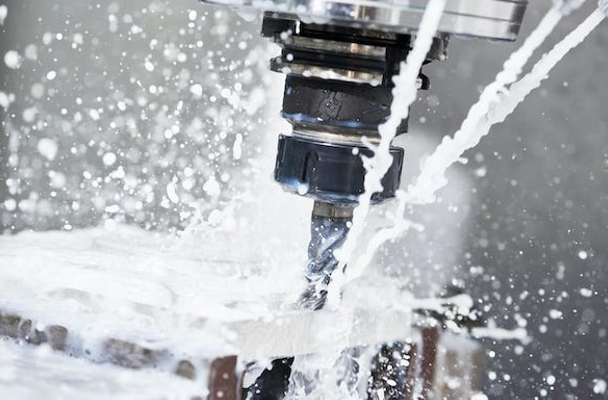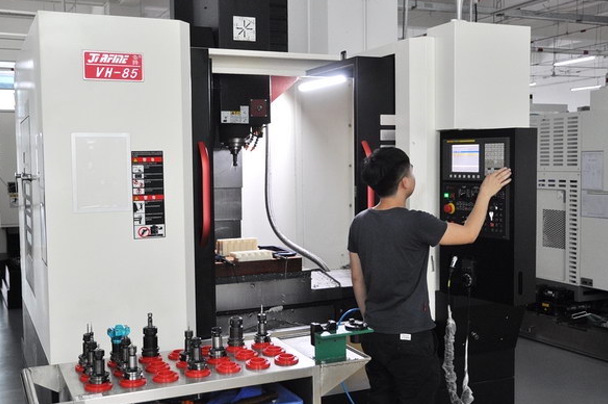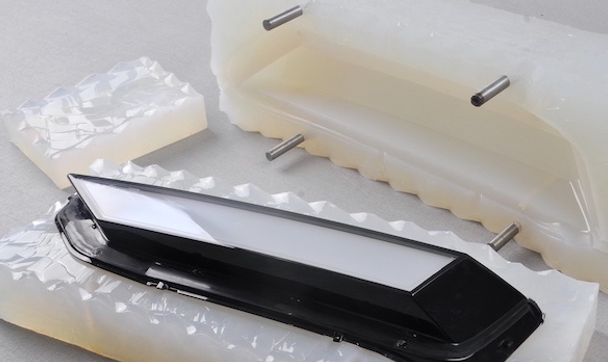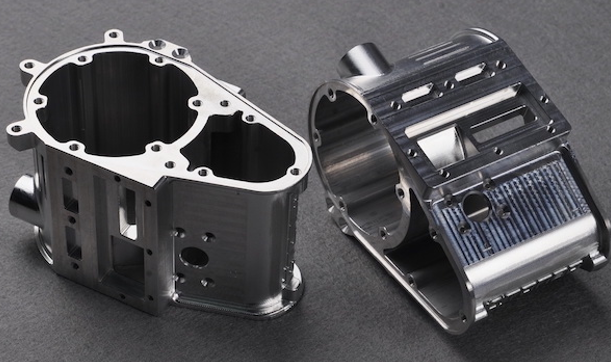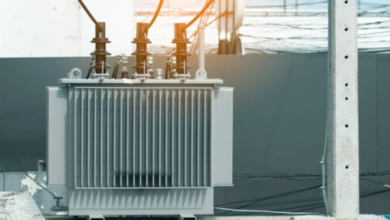In manufacturing, CNC machining is highly regarded for its precision and speed. However, this process can be expensive. Manufacturers are constantly looking for methods to reduce the cost of CNC machining while maintaining high-quality production.
This article shares some effective strategies to cut down the CNC services costs. With a few smart changes, companies can save money and still deliver top-quality items
Unit Economics and Bulk Production
In CNC machining, the concept of ‘more is less’ applies. The more products you manufacture the cheaper it becomes. CNC machining becomes cost-efficient when the production is hundreds or thousands.
The first reason is the reduced raw material cost when you purchase in bulk. As per an estimate, purchasing materials for over 1,000 parts can decrease the unit price by five to ten times. The other reason is process consistency. Regardless of whether 10, 50, or 100 units are produced, the CAD design, tools, and machine configuration remain the same throughout the production. Lastly, bulk production can be easily automated as the start, end, and series of intermediate steps are the same.
In contrast, if you move to unit production, you’ll have to redesign, reset and reprogram the machine, every time a product is made.
Geometric Simplification for Operational Efficiency
Complex geometries, often unnecessary, complicate and prolong the machining process. If we make simple design changes in the geometry, it could drastically reduce the production time and hence, reduce the cost.
For instance, instead of making sharp edges in cavities, design edges with radius. The CNC tool bits are cylindrical in nature. They always make radial edges. Even corner radius matters – a low radius means a smaller diameter tool needs to be used and that will take multiple passes to remove the material.
To achieve sharp edges, one has to shift to a more expensive process, Electric Discharge Machining (EDM). An alternative that machinists quote, especially when you have to fit in a rectangular shape in the cavity, is making undercuts around the corners (refer to the figure). This type of design is called two-directional dog bone.
Similarly, longer thread depths (1.5 times the diameter) no longer enhance joint strength. So, it’s advisable not to increase the thread depth as it will require special tooling, which is an unnecessary cost.
The same is true of deep cavities, you need to keep them limited. With regular toolbits, you easily create a depth of 2 to 3 times the diameter. However deep cavities will require special tooling and attachments, and in some complex cases, multi-axis CNC systems.
When designing holes, make sure to choose the standard sizes as their toolbits are cheaper and readily available. The hole sizes should be in fractions of an inch (1/8”, 1/4) or whole in case, you’re following the millimeter standard.
Lastly, increasing the thickness of thin walls can reduce the machining time. For metal parts, walls should be thicker than 0.8mm, and for plastic parts, the minimum thickness should be above 1.5mm.
Read Also: The Rise of AI: Transforming Business and Daily Life
Material Economics in CNC Operations
The choice of material also matters. Unless design or structure requirements come in between, you need to move to cheaper and easily machinable material alternatives. If we speak of cheaper materials, Aluminum 6061 is currently the cheapest option for making prototypes. Moreover, it’s simple to machine too.
Brass and Steel are easier to machine compared to Aluminum but expensive. So, they are ideally recommended for bulk production. The reason behind this preference is economies of scale. Despite the higher material cost, the shorter machining times associated with these materials can offset the initial expense, particularly in large-scale production runs.
Plastics (ABS, Nylon, Delrin) are also available at the same price bracket as Aluminum but are challenging to machine. So, they should be avoided for bulk-production needs. In short, for one-off needs choose cheaper materials while for bulk-production choose easy-to-machine (soft) materials.
Bulk purchasing materials can also help in reducing the overall cost of CNC machining. If you purchase several tonnes of the material, probably you’ll save a lot financially.
Precision Tolerance Analysis for Cost Management
In common CNC machining practices, if a specific tolerance is not defined in the technical drawing, parts are machined using the standard tolerance, around ± 0.125mm or better. This precision is sufficient for most non-critical features and helps to keep production costs lower.
Tight tolerances, although necessary for certain critical features, significantly increase the cost of machining. The precision required for these tolerances demands more time, skill, and more sophisticated equipment, all of which contribute to higher production costs.
To optimize the cost-effectiveness of machining operations, only specify tighter tolerances for features that truly require them. For instance, features that are not critical to the function or fit of the part should not be subjected to tight tolerances.
Finishing Process Optimization: Balancing Quality and Cost
Final finishes add up and raise CNC machining costs. One way to reduce this is the right selection of materials. For instance, some materials, like aluminum, are highly machinable and require less surface polish. If your design requirements allow, switching to these could be highly cost-effective, especially when bulk production is involved.
In cases where As-Machined finishes are sufficient, use them. As-machined finishes are often of high quality and can fulfill the requirements of many applications without the need for further treatment.
However, there are instances when finishing cannot be waived off. These treatments include chemical film, bead blasting, electropolishing, and anodizing.
Conclusion
The cost of CNC machining can be high due to several factors. Intricate design requirements, precision tolerances, and the type of material used contribute to the overall expense. However, by adopting a couple of simple strategies you can largely control that cost.
For instance, shifting to bulk production could help. Similarly, eliminating unnecessary design elements like sharp edges, deep pockets, and non-standard holes can make the machining process process simple and cost-effective. Lastly, the right material selection can help as well. Use materials that are cheaper and easier to machine.

